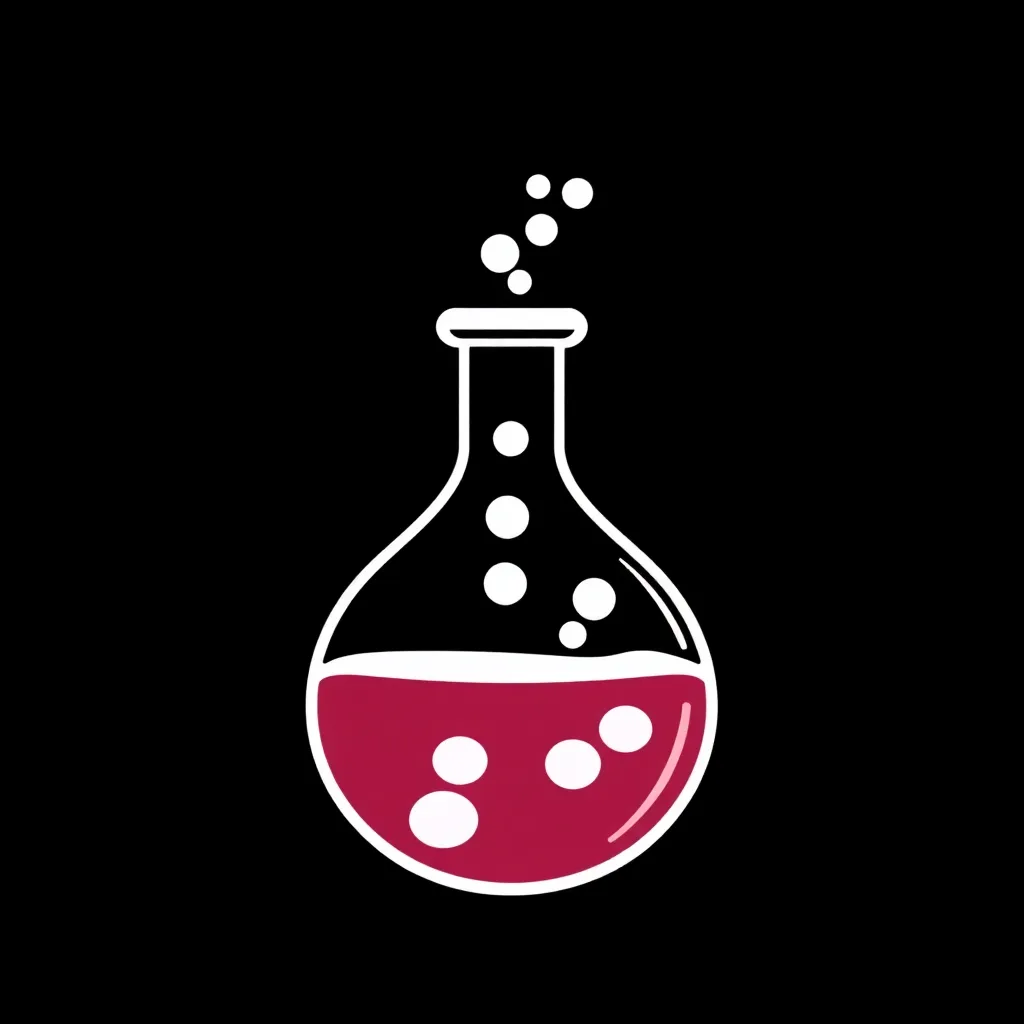
IUPAC Name Generator
Generate Accurate IUPAC Names for Chemical Compounds
IUPAC Name Generator
What is the IUPAC Name Generator?
The IUPAC Name Generator is a tool designed to automatically produce the systematic IUPAC (International Union of Pure and Applied Chemistry) name for a given chemical structure or input. This ensures standardized chemical nomenclature, crucial for clear communication and research in chemistry.
Accurate Nomenclature
Generates names adhering to IUPAC rules for reliable chemical identification.
Time-Saving Efficiency
Automates the naming process, saving time and reducing errors compared to manual methods.
Versatile Application
Suitable for researchers, students, and anyone needing to name organic and inorganic compounds.
Improved Communication
Facilitates clear and unambiguous communication of chemical compounds across disciplines.
Educational Resource
Aids in understanding IUPAC nomenclature rules by providing correct examples.
How to Use the IUPAC Name Generator
Simple steps for generating IUPAC names:
Input Chemical Structure
Provide SMILES string, InChI code, or draw the chemical structure directly.
Click 'Generate'
Initiate the IUPAC name generation process.
Review the Output
Examine the generated IUPAC name and verify its accuracy.
Use/Save the Result
Copy and use the generated IUPAC name in your research, reports, or publications.
Unlocking the Language of Molecules: Your Guide to the IUPAC Name Generator
In the world of chemistry, precision and clarity are paramount. The International Union of Pure and Applied Chemistry (IUPAC) nomenclature provides a standardized system for naming chemical compounds, ensuring that scientists across the globe can communicate unambiguously about specific molecules. This IUPAC Name Generator acts as a powerful tool to help you navigate this complex system.
So, what exactly does this generator do?
This AI-powered tool takes the structure of a chemical compound – whether you describe it through a SMILES string, a ChemDraw depiction, or even a rough description of its components – and generates its corresponding IUPAC name. Conversely, you can also input an IUPAC name and it can attempt to interpret the structure. This is particularly useful for:
- Validating existing names: Do you think you know the IUPAC name for a molecule, but want to be sure? This generator provides a quick and reliable confirmation.
- Learning IUPAC nomenclature: By inputting known structures and examining the generated names, you can gain a deeper understanding of the rules and conventions of IUPAC naming.
- Simplifying complex structures: Facing a molecule with multiple functional groups, substituents, and rings? The generator can break down the structure for you, identifying the main components and organizing them according to IUPAC rules.
- Researching literature: Sometimes retrieving information on even simple compounds can be a tedious task depending upon search keywords used. Naming ambiguity exists and tools such as the IUPAC name generator assist during searching the literature, providing you with compound synonyms.
In essence, the IUPAC Name Generator serves as a valuable learning resource and a practical tool for chemists, students, and researchers alike.
Iconic Compounds and Their Stories: Tracing the Roots of Classic IUPAC Names
The world of chemistry is filled with molecules that have shaped our world. Here are a few examples of compounds with interesting historical significance and their corresponding IUPAC names:
| IUPAC Name | Common Name | Structure/History |
|---|---|---|
| 2-Acetoxybenzoic acid | Aspirin | One of the most widely used pain relievers. Derived from salicylic acid, originally found in willow bark and used for medicinal purposes since ancient times. Its acetylation significantly improves palatability compared to salicylic acid. |
| Trinitromethane | Chloroform | Previously often used used as anesthetic and later deemed carcinogenic |
| Ethanal | Acetaldehyde | A precursor to the production of many organic molecules as well to be the main compounds that trigger the effects of hangovers after drinking alcohol |
| 2-Hydroxypropane-1,2,3-tricarboxylic acid | Citric acid | Citric acid from lemon were isolated for for the first time in 1784 by Carl Wilhelm Scheele |
| N-(4-Hydroxyphenyl)ethanamide | Acetaminophen | Has been used to alleviate colds and symptoms |
| 2,2’-Methylenebis(6-(1,1-dimethylethyl)-4-methylphenol | Irganox 1010 | An antioxidants to prevent photodegradation of plastics, which were first marketed starting in 1970 |
| (2S,3S,4S,5R)-2-(6-Amino-9H-purin-9-yl)-5-(hydroxymethyl)oxolane-3,4-diol tribenzoate | Remdesivir | An antiviral medication, mainly knowm during COVID which caused pandemin |
| Diazabicyclo[2.2.2] octane | Dabco | Highly versatile nonnucleophilic base for catalyst processes for synthesis of polymers via a metal catalyst. |
| Ethanol | Alcohol | Oftenly use alcoholic drinks and is also a biofuel alternative |
These are just a few examples, demonstrating the rich history and diverse applications of the chemical compounds named according to the IUPAC system. Delve into the world of chemistry, explore the stories behind the molecules, and leverage the power of IUPAC naming to enhance your understanding. Remember to consult the authoritative IUPAC publications for the most accurate and comprehensive guidelines.
Relation Tools

Clothing Name Generator
Generate Catchy and Unique Clothing Brand Names

Sith Lord Name Generator
Craft a Legendary Title of Evil – Unleash Your Inner Sith

Dinosaur Name Generator
Struggling to name your new dinosaur? Our AI will come up with unique and creative names instantly!

City Name Generator
Generate unique and creative city names for your stories, games, and world-building projects.

American Last Name Generator
Generate unique and appealing American last names for your creative projects or personal use.

Fort Name Generator
Generate unique and formidable names for your forts, castles, and strongholds.
IUPAC Name Generator Examples
Examples of chemical structures and their corresponding generated IUPAC names:
Ethanol
Input: CCOC Output: Ethanol
Benzene
Input: c1ccccc1 Output: Benzene
Acetic Acid
Input: CC(=O)OH Output: Acetic acid
Cyclohexane
Input: C1CCCCC1 Output: Cyclohexane
Methane
Input: C Output: Methane
Water
Input: O Output: Water
Sodium Chloride
Input: [Na+] ... [Cl-] Output: Sodium chloride
Frequently Asked Questions About IUPAC Name Generation
Find answers to common questions: